Basque Country: Part Two
Two fantastic restaurants in the French countryside. A menu from the early days of the American food revolution. And all about pinxtos.
A glass room in the middle of one of the great Sauternes vineyards is the home of the most breathtakingly beautiful food you can possibly imagine. The restaurant Lalique at Chateau Lafaurie-Peyraguey is a glittering crystal palace. It is also the home of Jerome Schilling, a two-star chef (and Meilleur Ouvrier de France) widely considered to be on the verge of his third.
He deserves it. From the moment the first little amuses-bouches appear, you know you are in the hands of a stunningly ambitious chef with a personal point of view. The last time I had food this pretty was at Geranium in Copenhagen; that was 3 years ago and I'm still thinking about.
Even the butter is beautiful! I’m pretty sure I’ll be thinking about this down the road, for it has been kissed by verjus to lend it a hauntingly new flavor: light, citric and utterly irresistible.
Just a few little tidbits…
Caviar (extraordinary local Aquitaine caviar) rides a little cauliflower boat hiding a subtle surprise: an oyster! You might notice that the dish is in the shape of the classic French callison candy. You might recall that caviar and cauliflower was a combination beloved by Joel Robuchon. But you will most likely get caught in the giddy surge of flavors and simply eat the dish with gratitude. It is a delight.
As is that lovely dish up top, the chef’s artful interpretation of the great 1945 Sauternes vintage. I’m not sure why King crab, clementines and butternut squash remind him of honeyed wine, but I’m sure he can explain it. The dish? As delicious as it looks.
Lightly candied hake (the entire menu is an ode to the Sauternes made on the premises); the genius here was the elderflower hiding beneath the butterfly, a lovely counterpart to the fish.
Suckling lamb, lightly smoked, with black garlic.
A little intermezzo - note the grape seeds.
Chocolate, peanuts… and verjus. I came away from my sojourn in Basque country convinced that verjus is going to be the next hot ingredient. The pressed juice of unripe grapes - which has a more subtle sourness than vinegar - appeared at almost every meal.
And of course you cannot leave without a trip to the cellars, where you will find, among all the other wonders, this Lalique wine barrel.
Another vineyard restaurant… and another chance to learn about the winemaker’s art. After years of vineyard tours, I found Chateau Smith-Haut-Lafitte particularly fascinating because this winery crafts its own barrels, adding yet another layer of complexity to the chemistry that goes into making wine. The barrels are made by hand, out of different kinds of wood depending on the year. It’s a painstaking process - and an almost lost craft.
After wandering through the cellars and the vines, you end up at La Grande Vigne, another restaurant set in the middle of a vineyard. This one, however, could not be more different than Lalique. It is equally luxurious and equally refined, but here the talented chef, Nicholas Masse, offers an entirely different vision of Basque cuisine. Lalique is old-school luxury, but La Grande Vigne looks to the future: Masse’s menu is all about terroir and the environment.
Consider the pithiviers the chef is holding with such pride, as if urging you to pay attention. He sets them down, and with great fanfare cuts them open to reveal….an entire cauliflower.
The humble vegetable is wrapped in pastry and served in a smooth elegant sauce of eel and seaweed. Cauliflower seems quite pleased to find itself in a starring role.
But first there has been this… which might have been the single most delicious bite I had all week. That crackling red shell (served on a bed of dried grapes), is hiding a soft heart of foie gras. Fantastic!
Then this langoustine tartare topped with what the chef calls “citrus caviar” drizzled with a light herbal sauce.
Symphony in orange. Hake - a modest fish - is wrapped in butternut squash and set in a puddle of sea urchin.
The filet of beef smoked over grape cuttings is very nice, but it takes second place to the celeriac, which has been fermented with lovage to give it an entirely new flavor. This vegetable-forward menu keeps offering new versions of humble vegetables.
A light and lovely ending. Roasted fig with hyssop sorbet.
And finally - an herbal farewell.
Basque food - both north or south - is having its moment. I thought it might be appropriate to feature a menu from an equally exciting time in American cuisine. These menus from The Quilted Giraffe - Barry Wine's wonderful, and utterly idiosyncratic restaurant was a game changer in the seventies and early eighties. You never quite knew what to expect. Many of the chefs who worked at The Quilted Giraffe went on to be equally influential. They include Tom Colicchio, David Kinch, Katy Sparks, Wayne Nish, and Noel Comess.
I should have mentioned this last week when I was talking about Elena Arzak, because she and her father Juan Mari wrote the introduction to The Book of Pinxtos.
The author, Mari Buckley, has lived in San Sebastian for nine years and she’s clearly in love with her adopted country. She’s written an ode to the pinxtos bars of the Southern Basque country which is both an introduction to the art of the pinxto, an essential guide to the best dishes at each bar - and for those not fortunate enough to be in Spain, recipes for everything from the perfect Gilda to Bar Nestor’s impeccable tortilla and La Vina’s famous burnt cheesecake. If you have a friend headed that way, this would be a perfect present.



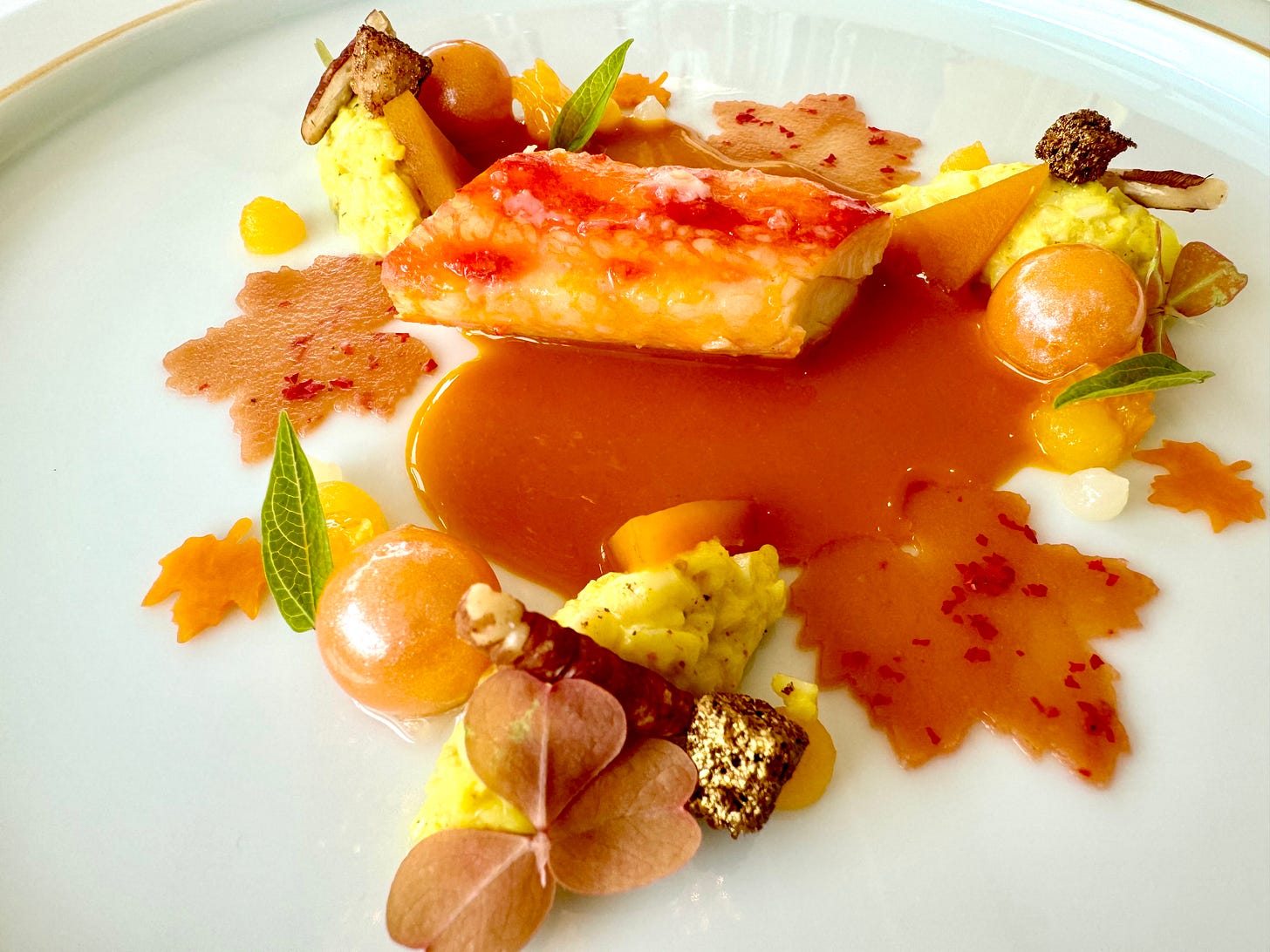

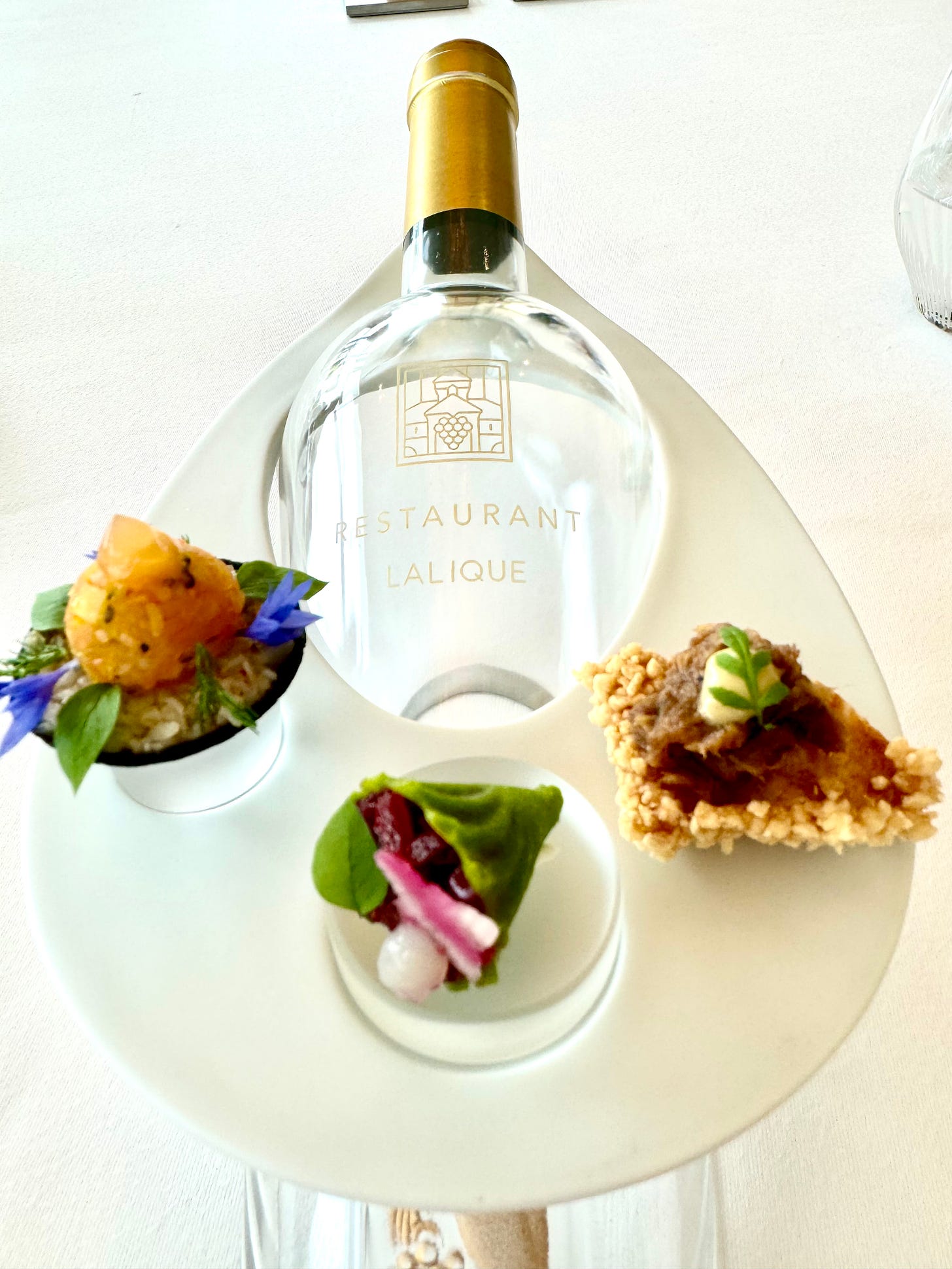
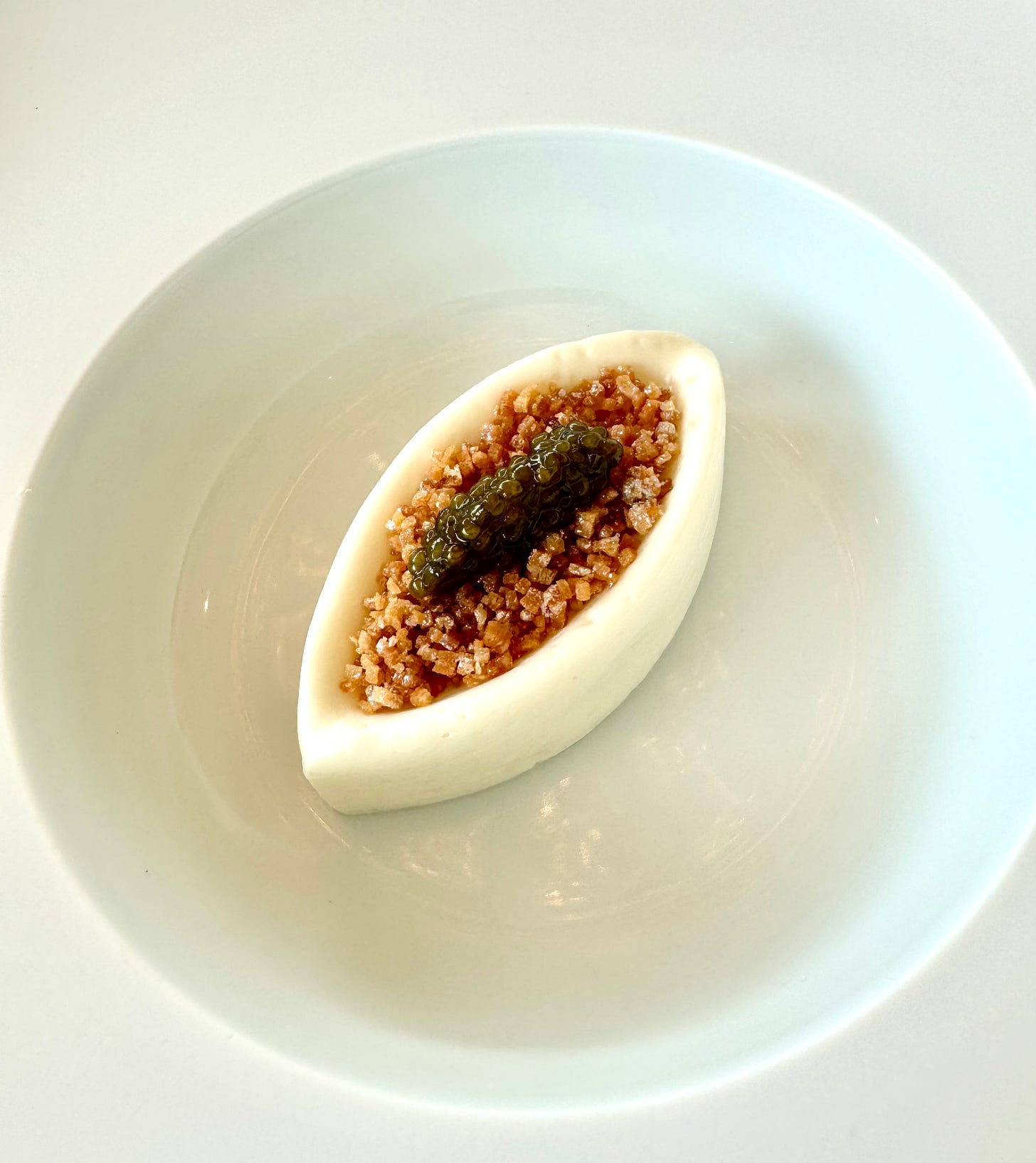

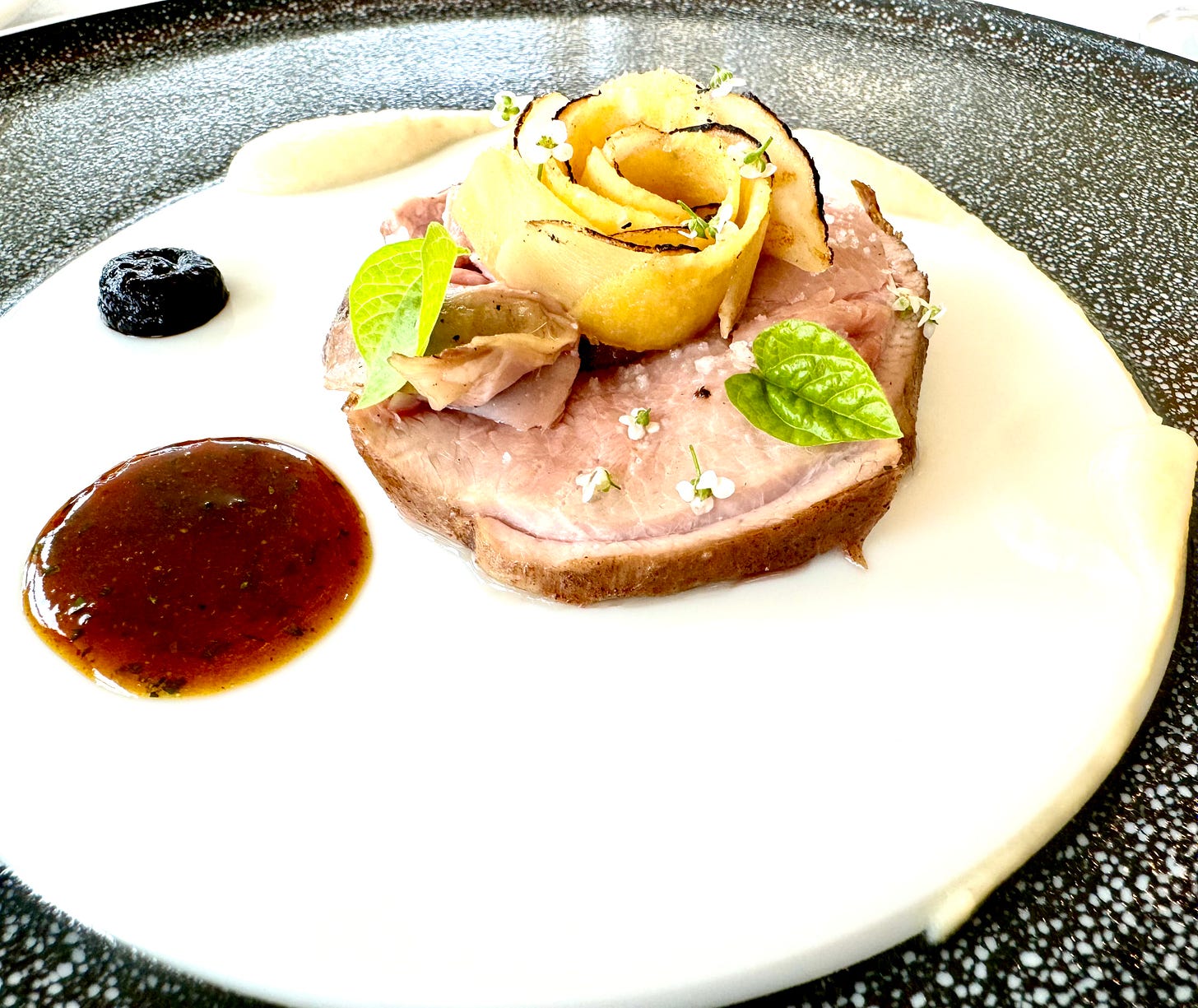


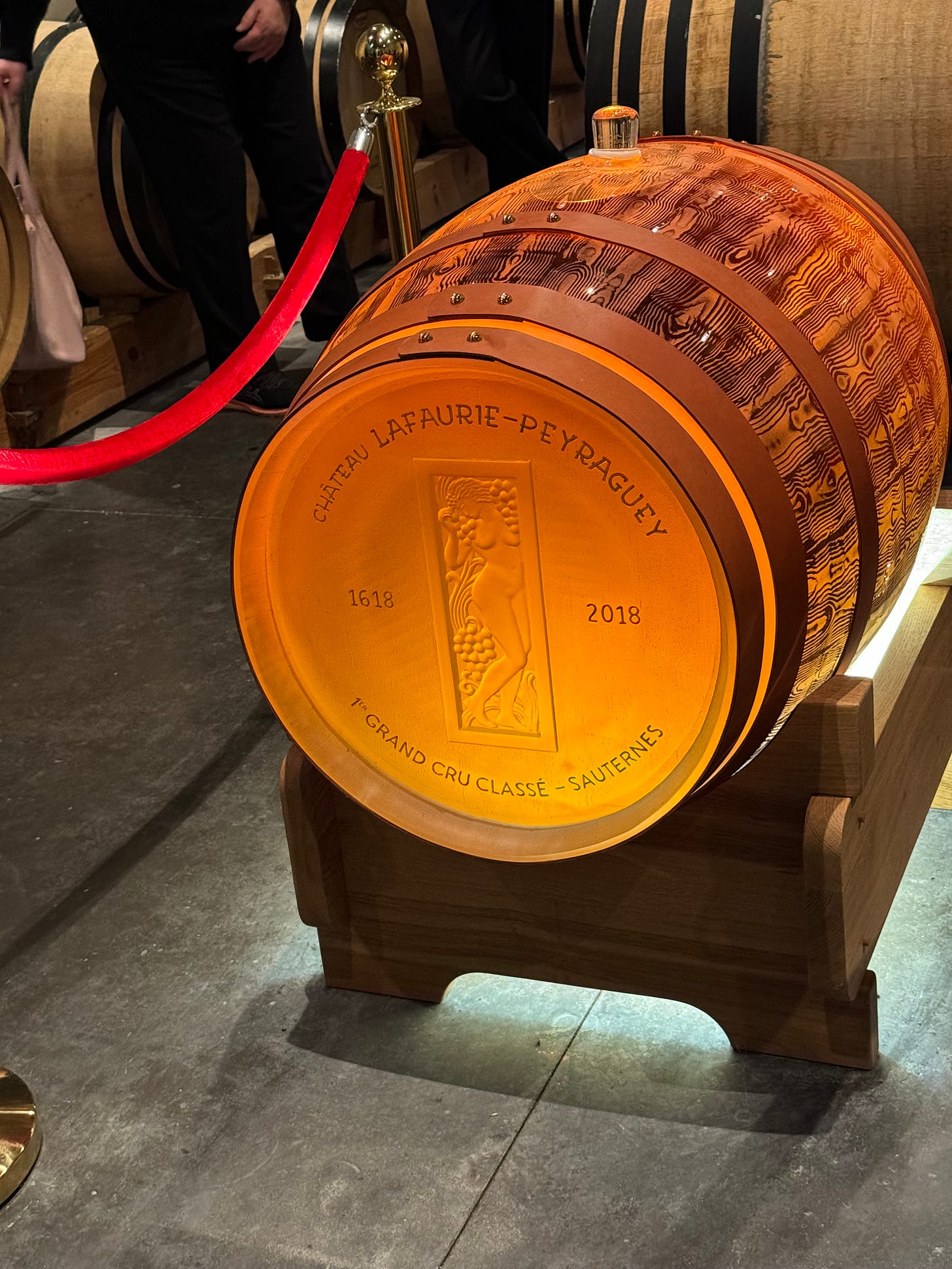


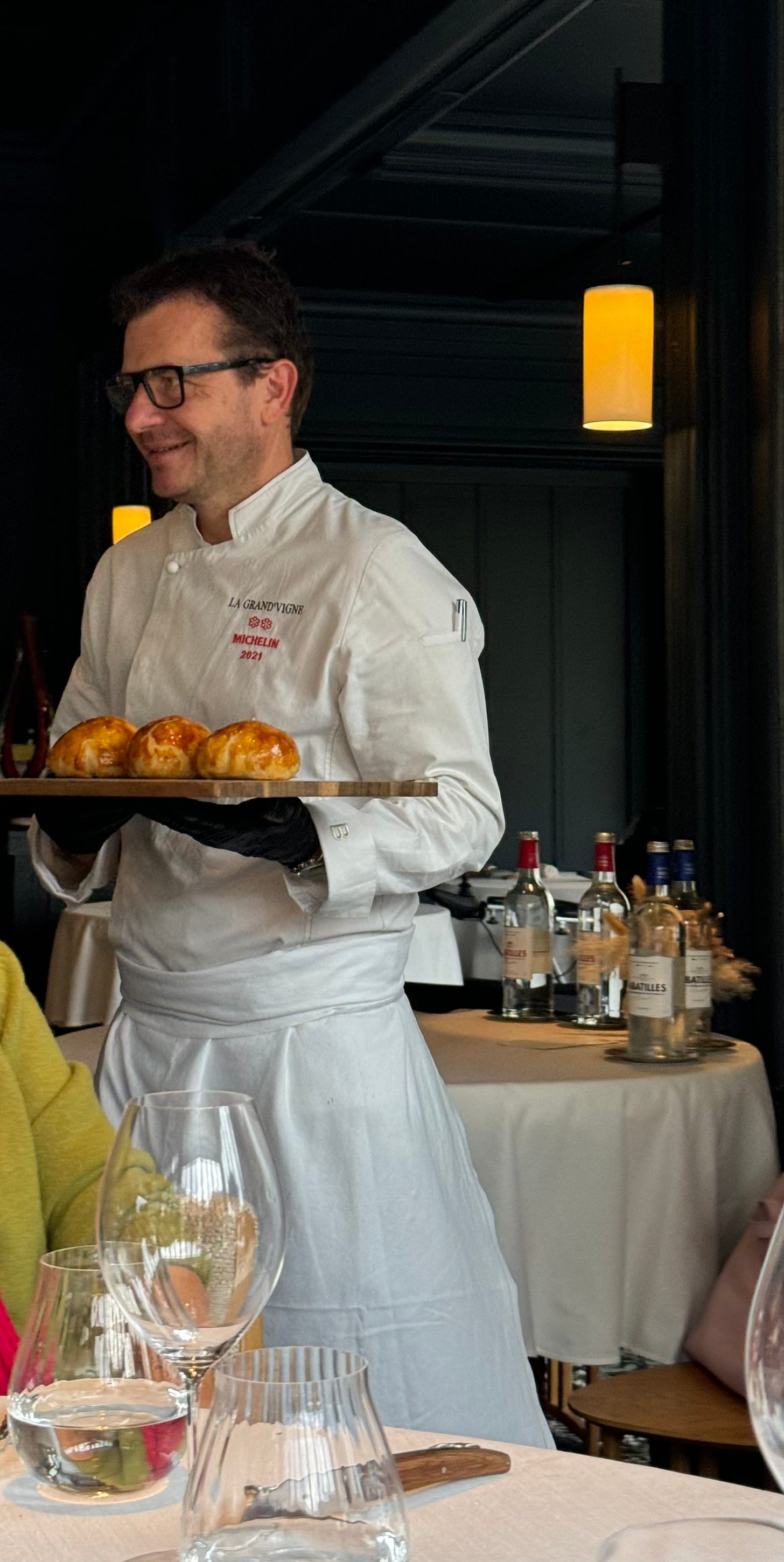

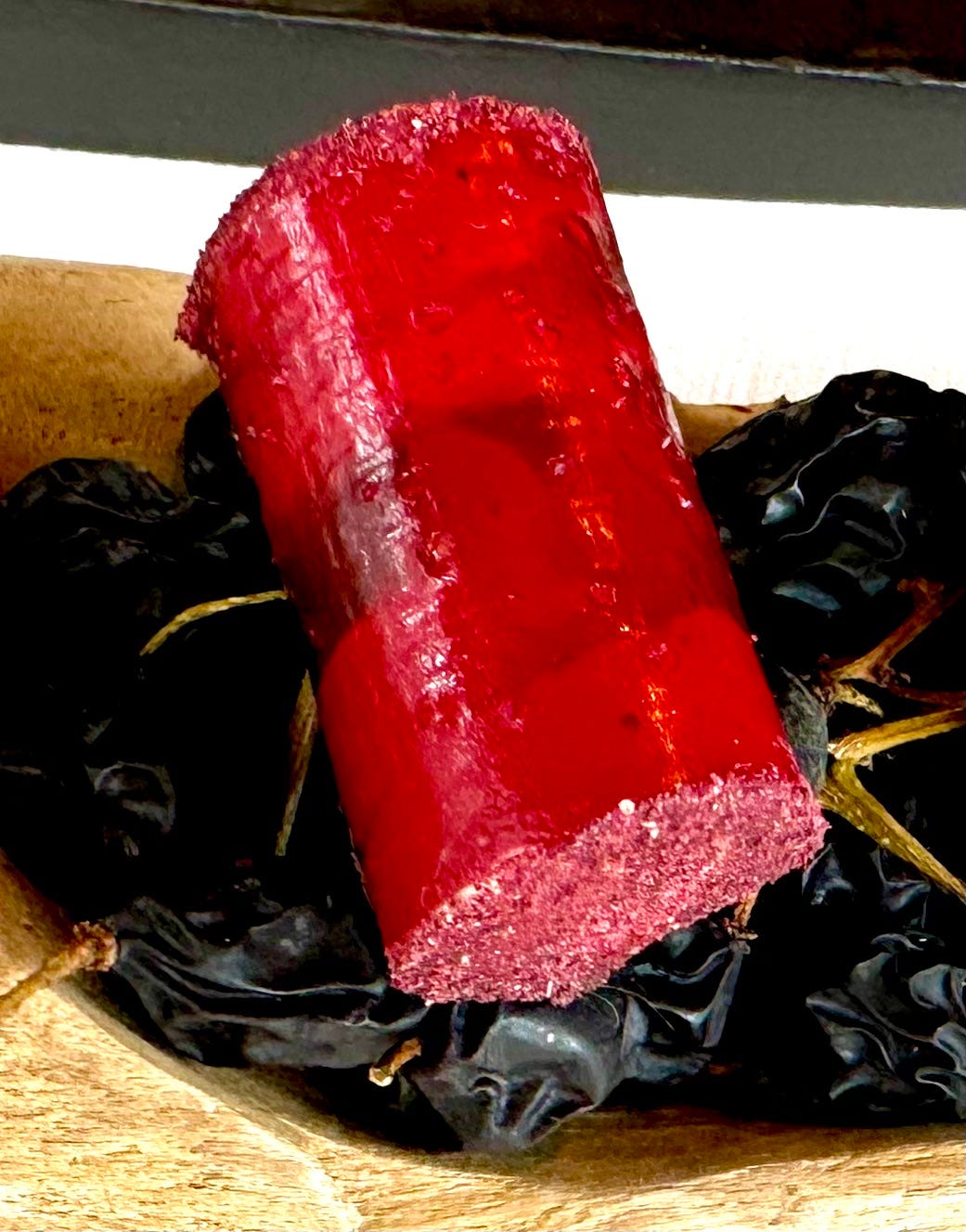
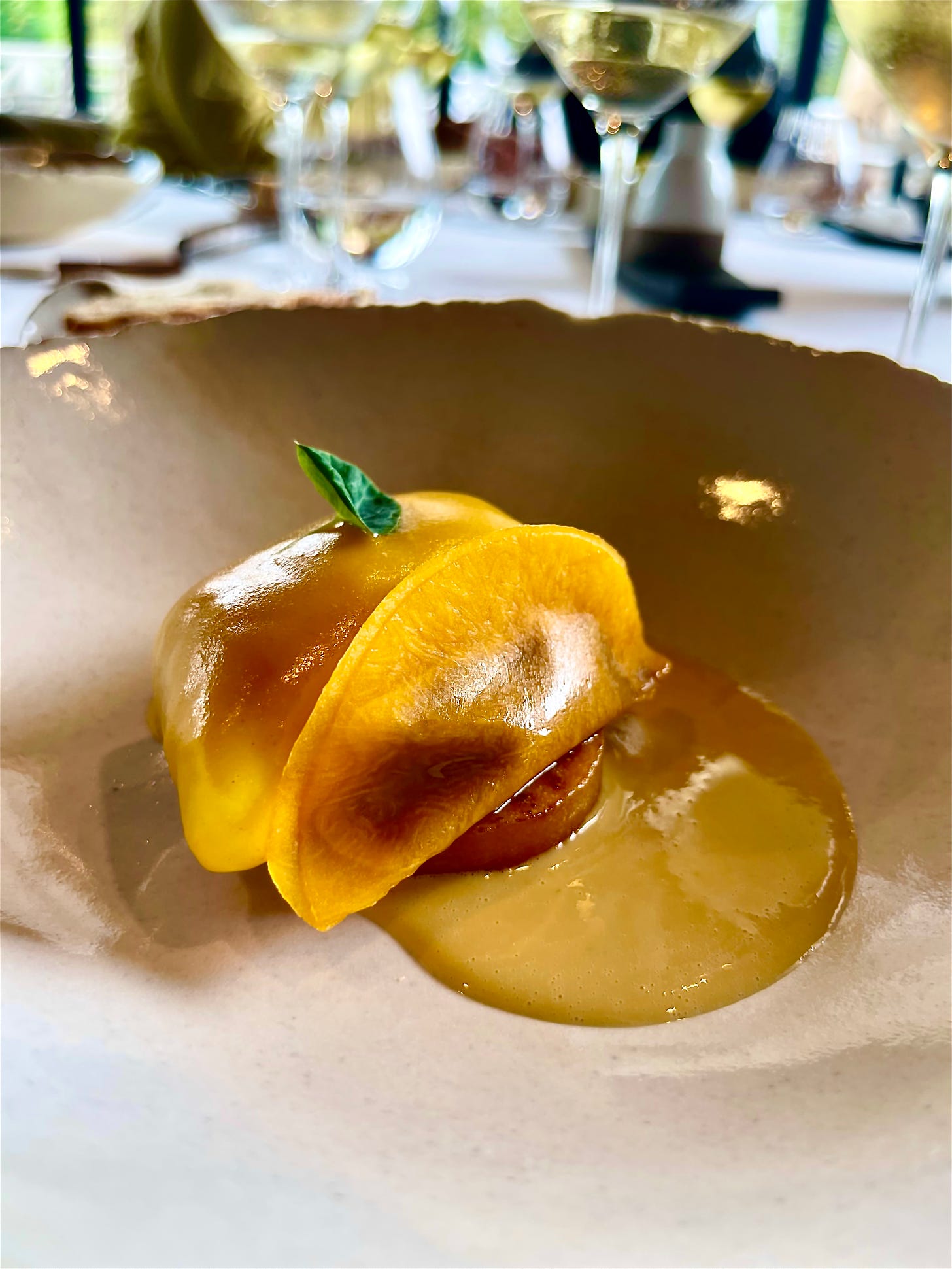

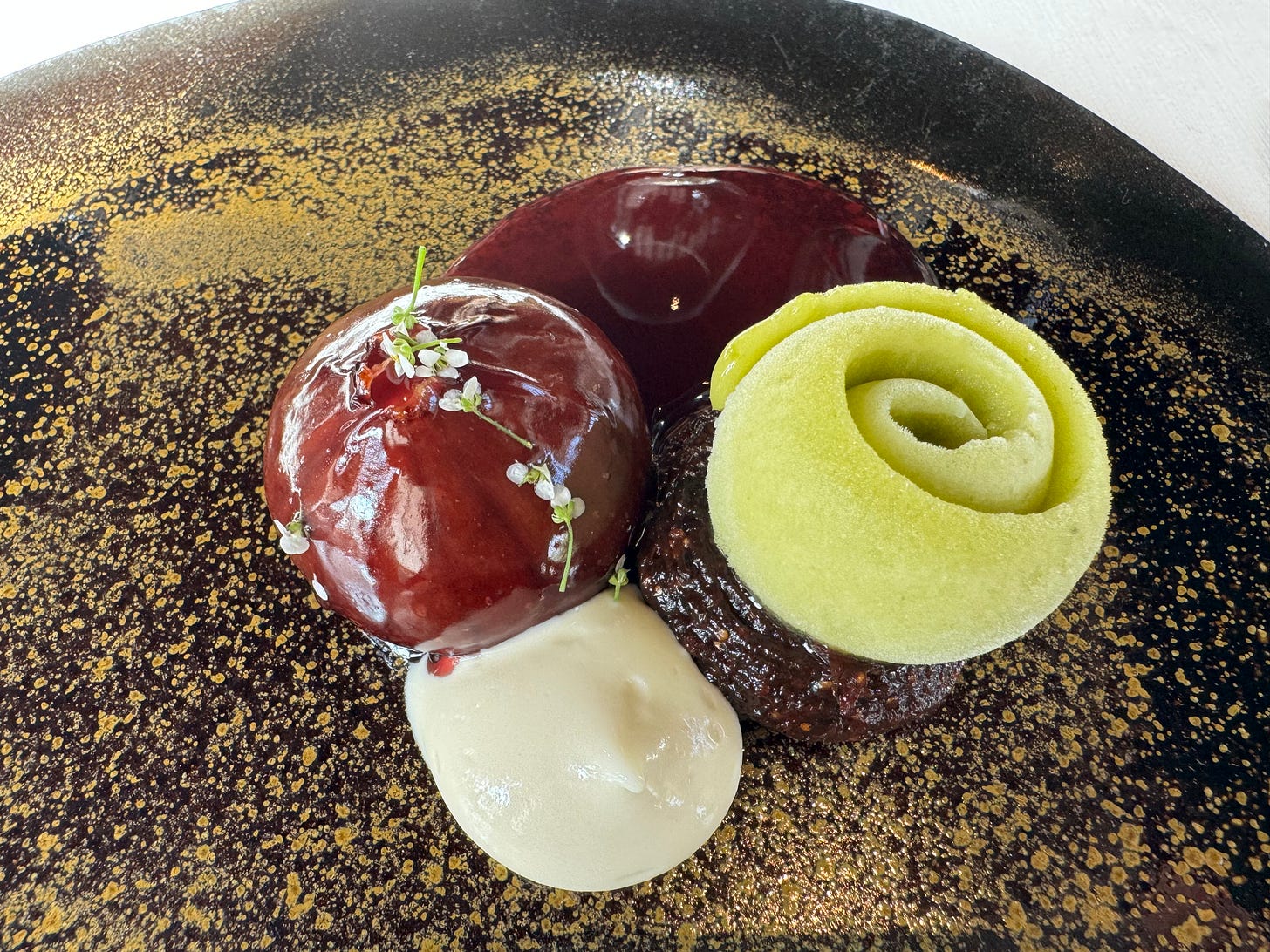
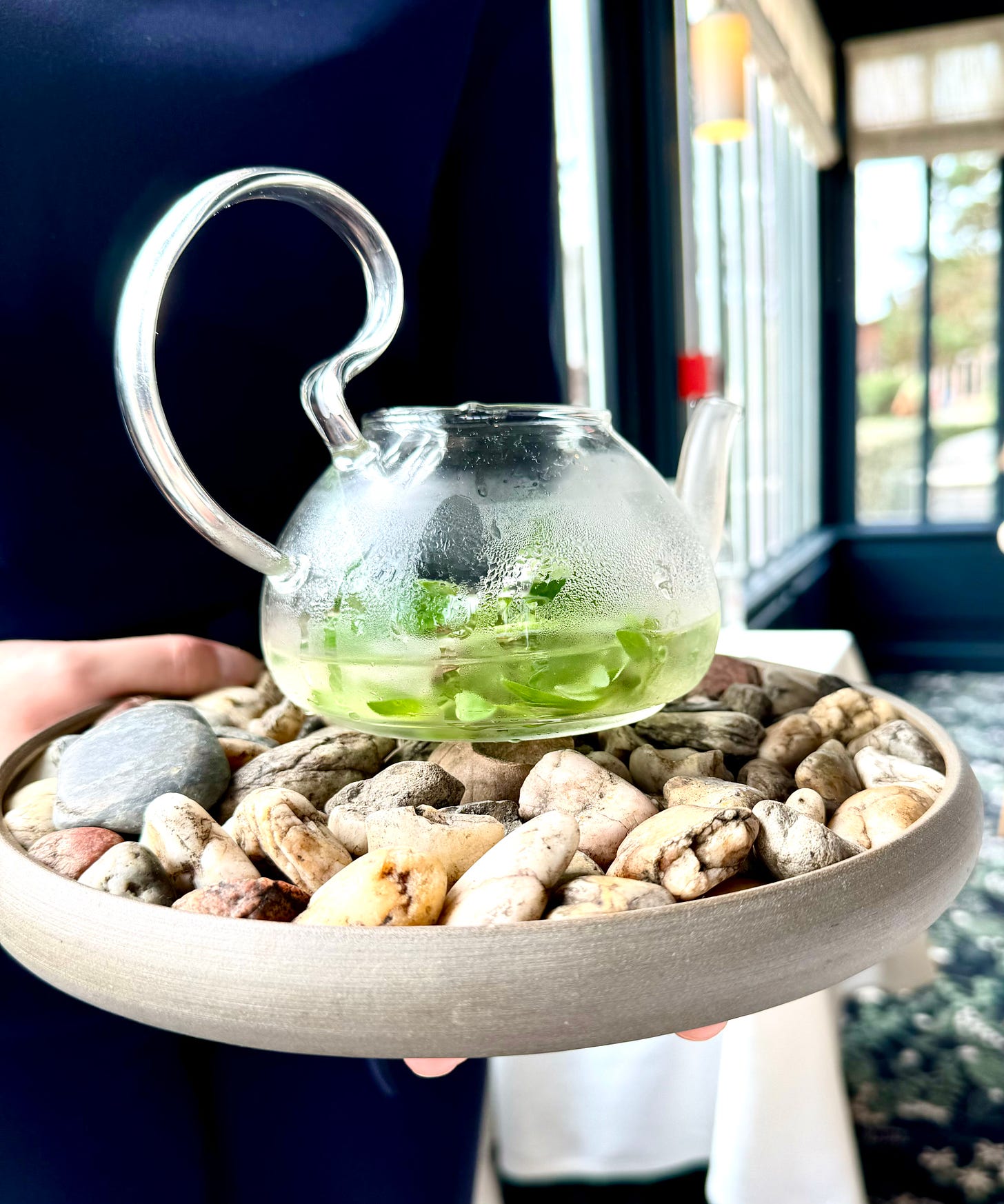


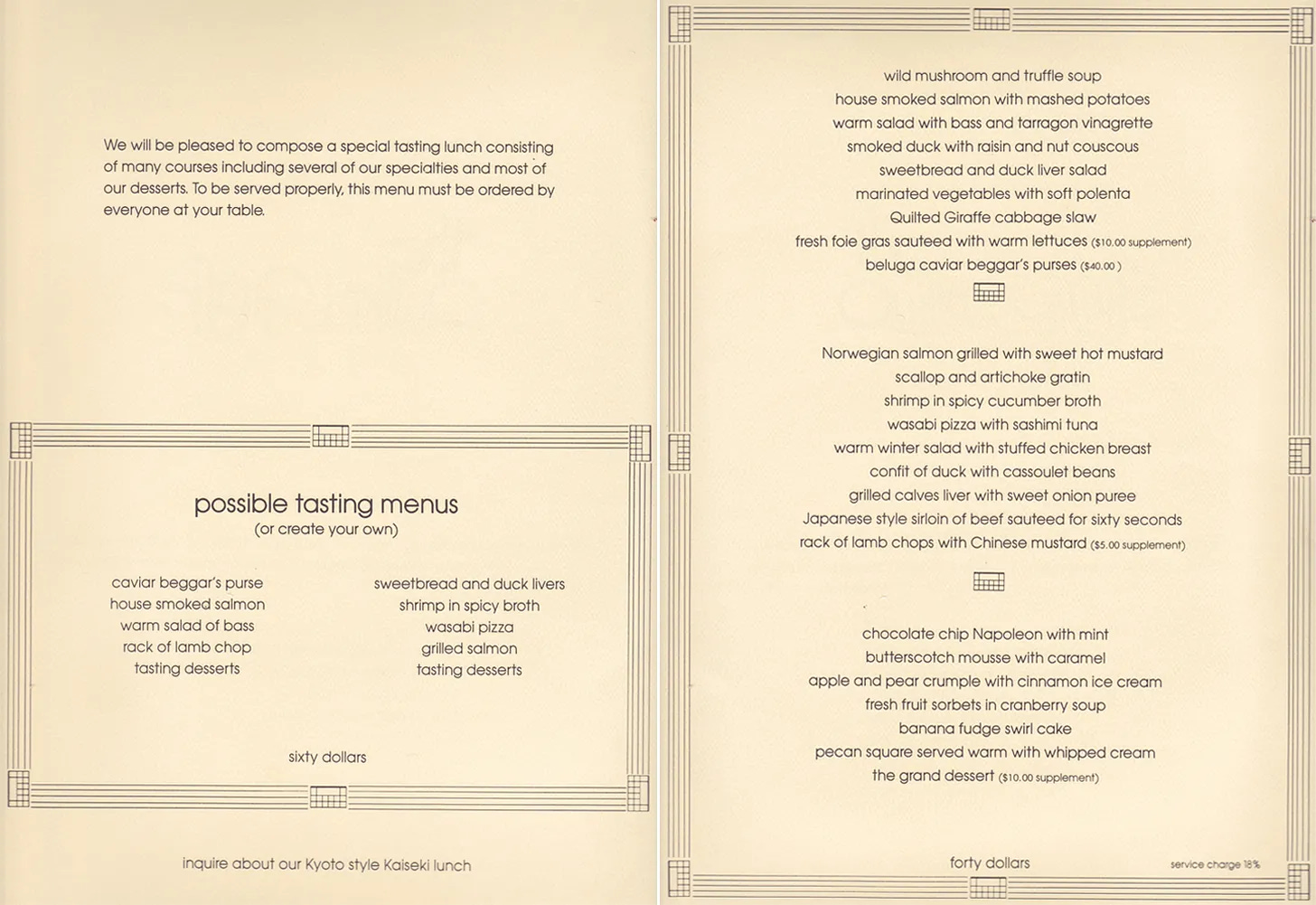
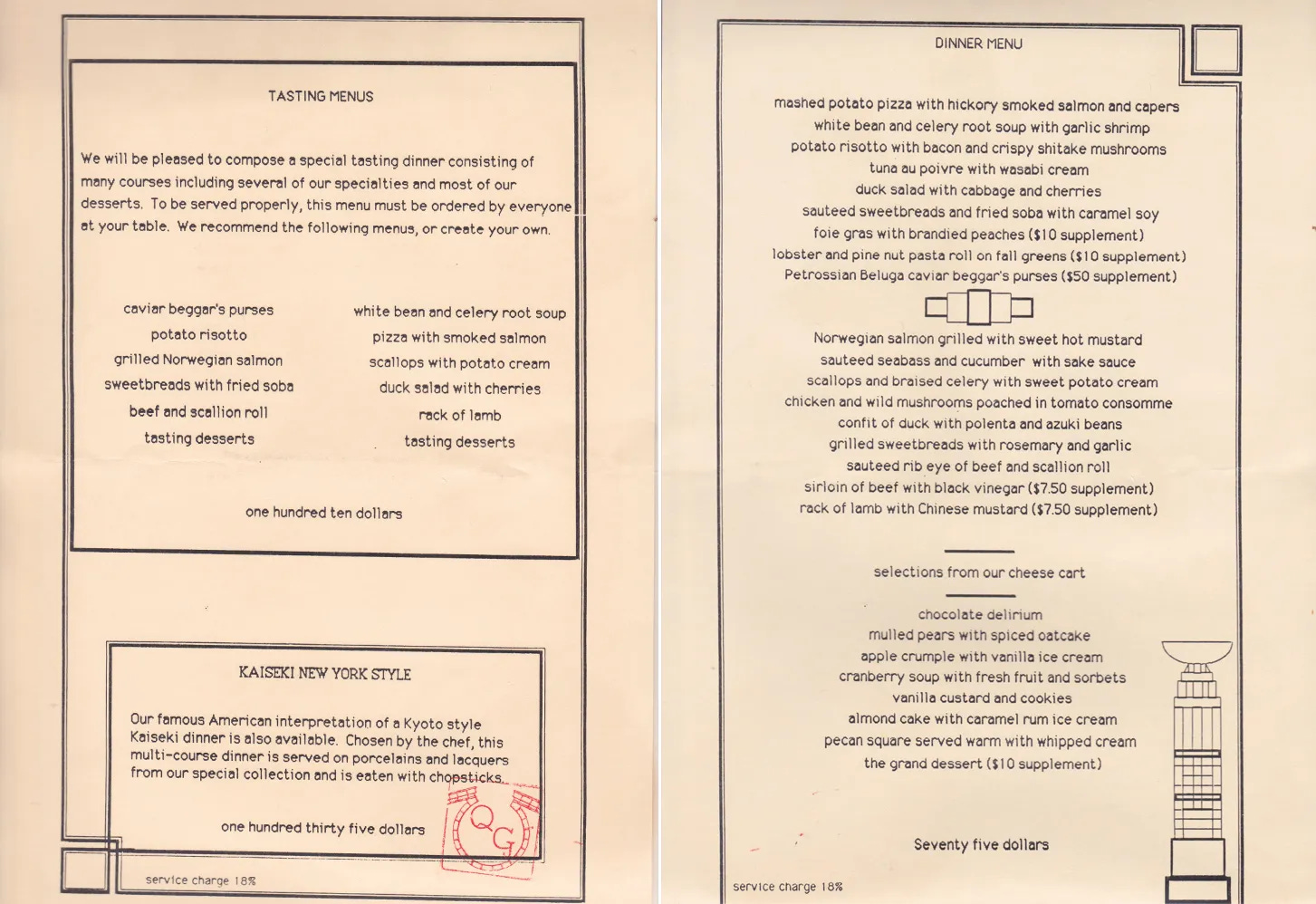

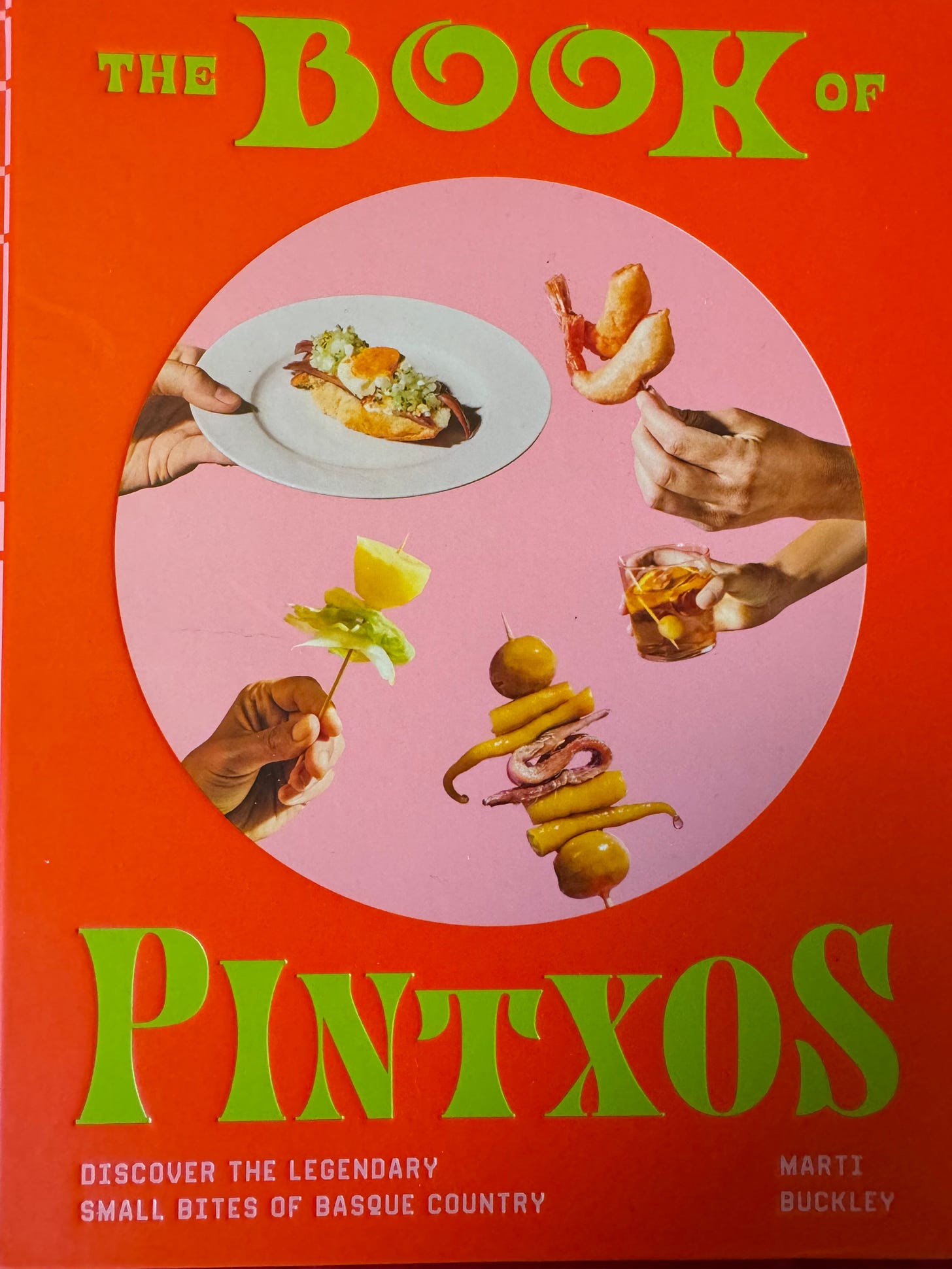

Did you just get me to swoon over cauliflower? You did.
Love this part of the world. Thank you for this gorgeous, fascinating newsletter.